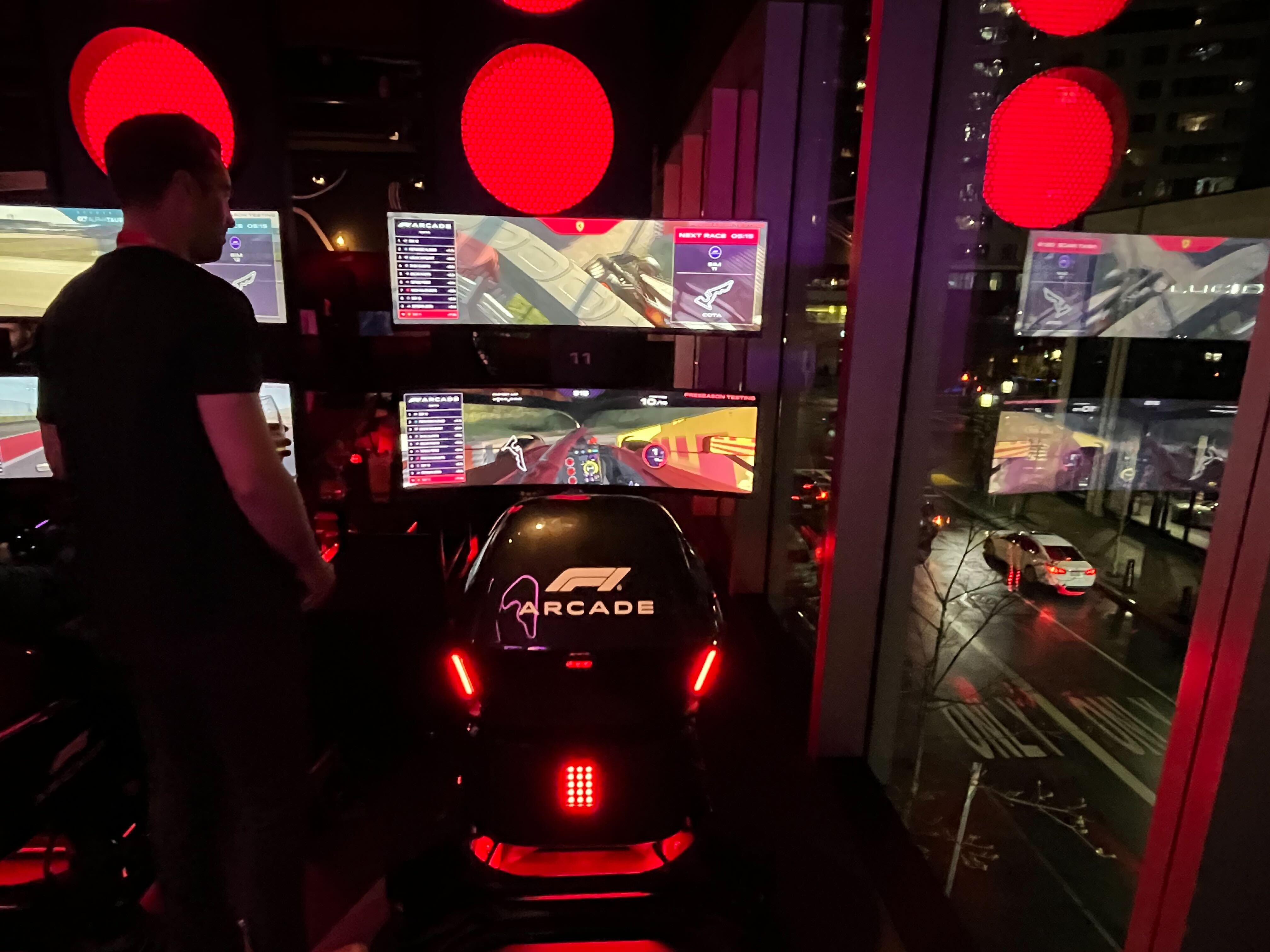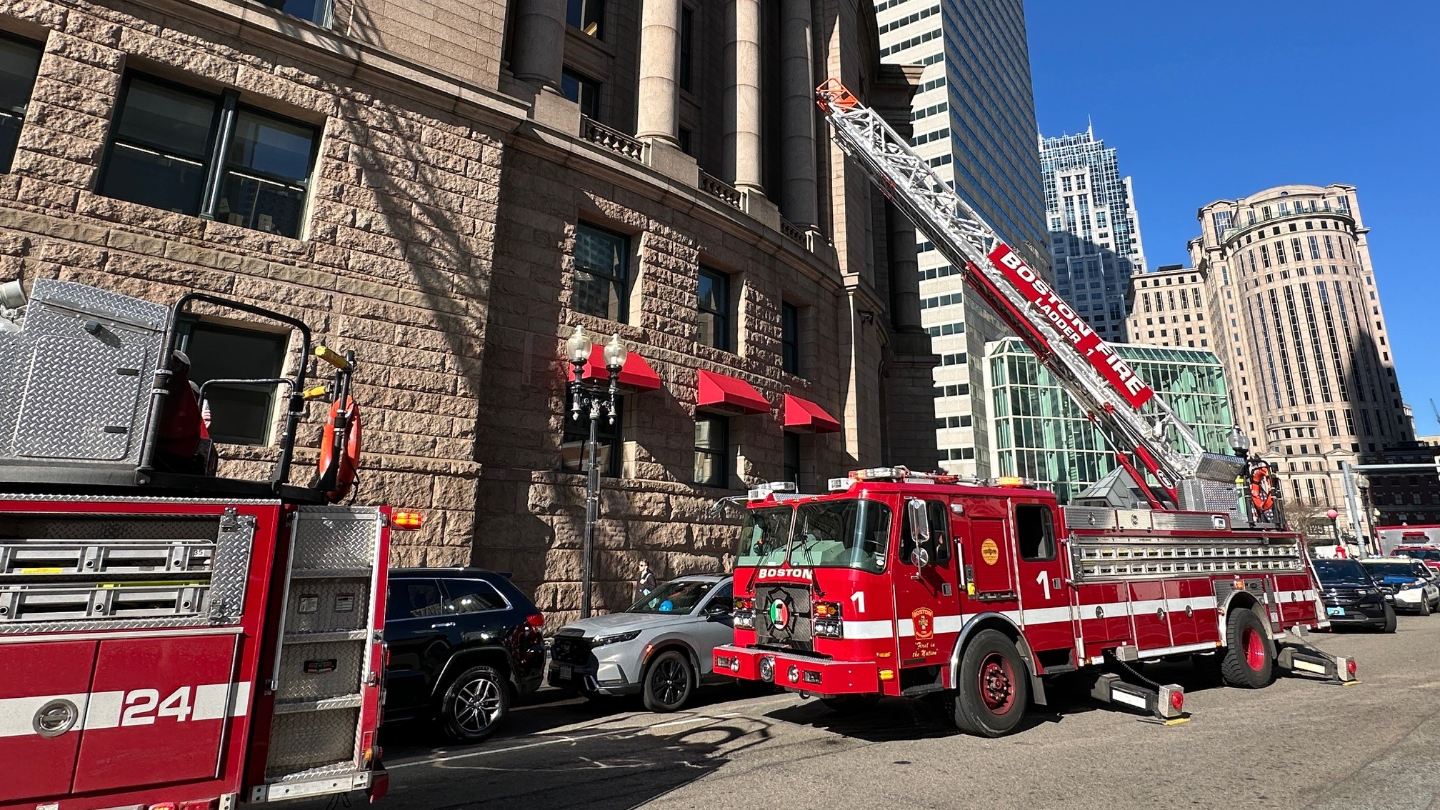The ball bearings glinted in the sun, catching the light like the sparkles on the ocean around Moon Island. A robotic arm stretched tentatively, careful not to set off the bomb.
On April 19, 2013, Watertown emerged from hiding to reckon with what had just happened on their streets. One bomber was dead, the other captured. Millions of residents rejoiced, and David Ortiz gave the most memorable speech delivered in Boston this century.
“This jersey that we wear today, it doesn’t say Red Sox. It says Boston,” Ortiz told the cheering crowd at Fenway Park on April 20, 2013, standing on the field in a celebration before a game. “This is our (expletive) city. And no one’s going to dictate our freedom. Stay strong!”
Miles away from the roar of the crowd on a hushed island on Boston Harbor, a robot with vice grips at the Boston Police Department’s firing range carefully picked apart one pipe bomb, and then another.
Get Boston local news, weather forecasts, lifestyle and entertainment stories to your inbox. Sign up for NBC Boston’s newsletters.
“Big Papi did his thing, but we were still continuing the mission,” said Trooper Bobby McCarthy, a member of the Massachusetts State Police bomb squad. McCarthy and a small cadre of bomb techs from Boston Police and the FBI had scoured Watertown streets, driveways, yards to collect evidence like bits of yet another pressure cooker bomb lodged in cars and homes.
Among the haul, live pipe bombs the Tsarnaev brothers left from their shootout with police. “Just like at the marathon bombing, they added shrapnel,” McCarthy said. “There were BBs inside the pipe. They were meant to hurt people.”
The robot painstakingly dismantled each bomb to preserve evidence. Boston Police bomb tech Jamie Parker said, “When we got to the point where we couldn’t use robots anymore. We would suit up, take turns each one of us in a bomb suit. We’d go down and collect the evidence piece by piece, and hand them off to the evidence technicians.”
Local
In-depth news coverage of the Greater Boston Area.
Moon Island wasn’t the beginning of their mission, of course. They had been working around the clock since the first bombs on Boylston Street on April 15, clearing streets, searching for more explosives, trying to prevent greater carnage.
“You could smell it, you could smell the explosion,” Boston Police bomb tech Hector Cabrerra said, recalling the bombing. “And just chaos.”
Amid the screaming and smoke and blood, they didn’t know if there were two bombs or 10.
“We didn’t know who did this or how many there are,” said McCarthy. “Are they in the stores? Did they leave packages in the stores?”
Time was of the essence. Searching the sea of detritus left behind, they snaked their bare hands – blind -- through the unknown.
“There were bags everywhere,” Parker said. “There were purses, there were strollers, and there was money all over the place that was burnt.”
A surreal nightmare.
“The TVs are still playing, half-eaten sandwiches on the table, people’s drinks still sitting there,” Parker said. “It’s like the day was still going on. But it was a ghost town.”
That ghost town haunts them still, an emotional toll some wouldn’t reckon with for months, even years.
“It’s tough. It’s not easy because you’re running through the whole thing and saying, could I have done something better?” Cabrerra said. “Could I, could we have prevented this? And that’s hard.”
A spectre of guilt and doubt, like lingering smoke, has followed them through the years.
Fred Allen is an instructor with Boston Police, no longer on the bomb squad.
“It was emotional because people got hurt. Some people lost their lives. And we did what we could, but people died,” he said. “They expect us to be the heroes and do what you do and that kind of thing, but when you see people hurt, it affects you. No matter who you are.”
The best way forward, the men said, is preparation and training. And they’ve gotten it.
Bomb squad calls have risen dramatically in the last five years. Calls to Boston have jumped 61 percent, from 325 in 2013 to 612 last year.
Calls to State Police are up 42 percent, from about 1,100 to 1,700.
As the Tsarnaevs demonstrated, the internet lets bombers quickly learn from terrorists in countries like Afghanistan or Iraq.
“Whether it’s new devices, new tactics, new techniques, new procedures, we have to be at the top of our game,” said Massachusetts Police Sgt. Bill Qualls.
The bomb squads since have gotten massive upgrades, from trucks to technology. They ran out of bomb trucks at the Boston Marathon. They had bulky, cumbersome equipment to haul. Now they have portable x-ray machines the size of iPads to quickly check bags for bombs—without using bare hands.
“I’m not foolish enough to think that we have everything covered,” Qualls said. “There’s always going to be something. We have to be really lucky 100 percent of the time. They have to be lucky once.”
Despite the emotional toll, the bomb techs say if something like the Marathon bombing happened again, they want to be there. They feel now they’re even better at their job, because of what they lived through.
The Marathon bombing on Boylston Street on April 15, 2013, killed three people and injured nearly 200. Tamerlan Tsarnaev was killed when his younger brother, Dzhokhar, drove over him during that shootout in Watertown April 19.
Dzhokhar was captured later that day, and in 2015 convicted of 30 federal terrorism charges. He is on death row in a supermax prison in Colorado.



